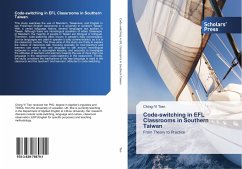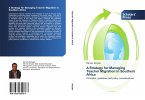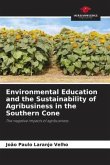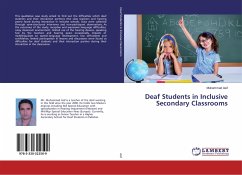This study examines the use of Mandarin, Taiwanese, and English in two Freshman English classrooms in a university in southern Taiwan. With a varied language history, several languages are spoken in Taiwan. Although there are monolingual speakers of either Taiwanese or Mandarin, the majority of people in Taiwan are bilingual or trilingual. Therefore, code-switching often occurs in people's daily conversation. Just as languages are used in speaker's daily communication, so it is in the classroom context. The three aims of this study are firstly to explore the nature of classroom talk, focusing specially on how teachers and learners use more than one language to talk around monolingual textbooks in order to accomplish lessons, and secondly to investigate the attitudes of teachers and learners towards the use of more than one language in the classroom (code-switching in the classroom). Thirdly, the study considers the implications of the way language is used in the classroom and theteachers' and learners' attitudes to code-switching.
Bitte wählen Sie Ihr Anliegen aus.
Rechnungen
Retourenschein anfordern
Bestellstatus
Storno








